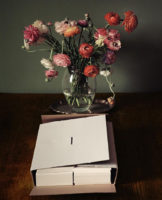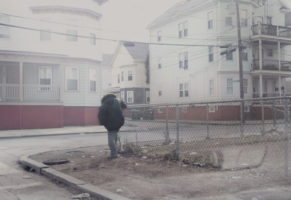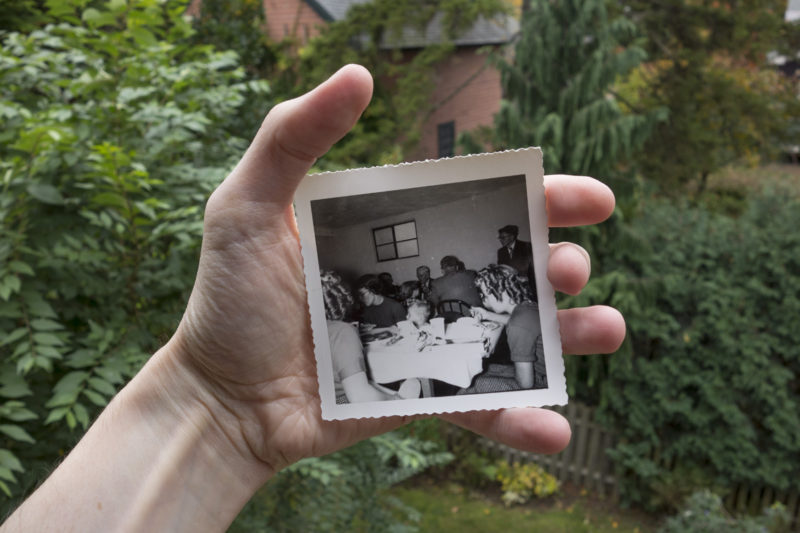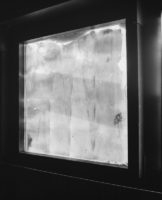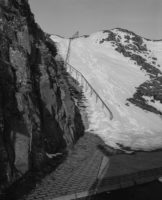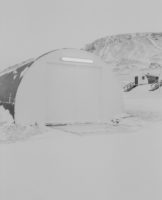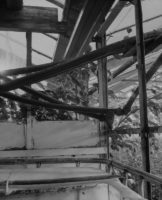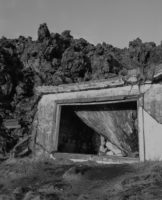When Paul Graham‘s The Present was published and large parts of the photography world went gaga over it, I was a little bit surprised. Make no mistake, it is a good body of work. The book is very well done, and the presentation in the gallery space also left very little to be desired (especially if you enjoyed, gasp!, prints in frames standing on the floor). Truth be told, I’ve always thought that it’s contemporary photography’s inherent conservatism (especially in the United States) that was responsible for part of the reaction to that body of work. It’s probably my background as a scientist that thought Graham could have pushed things a bit more (oh, and I also don’t get excited very easily).
In much the same way, one of the reasons why I am so underwhelmed by pretty much all of the work produced around Google Street View is because it does not address what makes the tool so different from our usual experience. Sure, you can spend days and days on Google Street View, sitting comfortably in front of your computer, and look for haha moments or for your contemporary version of, let’s face it, what other people have done before (and better). There will always be enough curators who are going to be impressed by that alone.
But the very essence of Google Street View remains untouched, unexplored: Here we have a huge number of photographs that can be navigated (so far, so good), photographs that capture almost everything around a given point at the same moment. There is no way you can easily find this anywhere else. Think about it: Our human field of vision is roughly 180 degrees wide, meaning we can see only half of what is around us (to be precise that’s just the horizontal aspect, you need to add to that the rest of the sphere of vision, large parts of which are invisible to us). With Google Street View, you get almost the whole sphere, excluding that relatively small part where the cameras are connected to the car (the system’s blind spot). Thus conceptually, you can do with Google Street View what you cannot do with any other single camera, namely extract moments that are happening at the very same time and that we would be unable to see ourselves.
Here is then where Barbara Probst enters. Probst combines a Grahamian interest in the photographic moment, in how photographs operate and what they tell us, with a general interest in seeing beyond simple photography. The basic idea is fairly straightforward: If you take a photograph with a single camera, you get, well, one photograph, from one particular vantage point. If you take two photographs with two cameras, rigged in such a way that their shutters will take a picture at the very same moment, you move beyond that. You will end up with two vantage points, two photographs of either the same thing or person, from a different angle, or two photographs that show the exact same moment in ways that you wouldn’t be able to see with your own eyes. Needless to say, there is no real reason why you need to stop with two cameras. Use three, four, twelve, however many. In a nutshell, this is what Probst has been exploring.
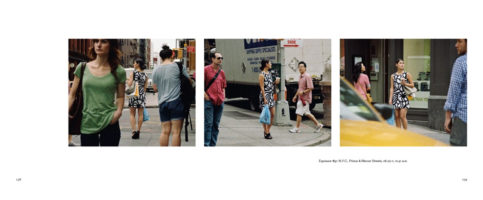
I doubt my description has made this sound too enticing for most people (possibly excluding those comfortable with approaching photography from a conceptual angle). Once I started looking at Barbara Probst, the book, I also thought I had it all figured out quickly. And I did. For example, the first spread showing one of those sets of pictures has four frames (“Exposure #5: N.Y.C., 545 8th Avenue, 12.20.00, 2:27 p.m.” – the Germans really can’t help themselves when they title work this way; I’ll admit that even though I now chuckle over it, having spent over a decade in the US, it still makes perfect sense to me), each showing a young woman on a rooftop, photographed with four cameras from four very different vantage points, three in b/w, one in colour. The second spread has only two frames, though, and they’re so different that you’re left to wonder what the hell is going on (until you spot the photographer in one of the frames). The fourth spread then had me completely hooked, since it’s essentially a Grahamian game, three frames, a street scene that requires a lot of careful looking to realize these frames were all taken in exactly the same moment.
In other words, what sounds like a very simple and obvious game to play with pictures, something that could become very tedious easily, in reality offers startling insight into how we look at photographs (our expectations based on having seen endless photographs before) and into how photographs operate. As I noted, Probst ups the ante considerably, at times employing a dozen cameras or more (the book very nicely uses gatefolds to showcase those – here is an example). Studio setting alternate with work done outdoors, and the various modes of photography we know so well are explored – be it street photography or portraiture. You could still think that this would merely be a exercise (like large parts of conceptual photography: you get the concept, and the work, already a bit anemic, deflates like a balloon). But most of the photographs are very good photographs in their own right, with nods left and right to the history of photography. You end up wanting to believe in those pictures, while the very spread you’re looking at reminds you how much of what you want to believe in is just the result of a game. Barbara Probst thus ends up being completely mesmerizing.
Highly recommended.
Barbara Probst; photographs (and installation shots) by Barbara Probst; essays by Felicity Lunn, Jens Erdman Rasmussen, Lynne Tillman, and an interview with Barbara Probst by Frederic Paul; 192 pages; 2013


